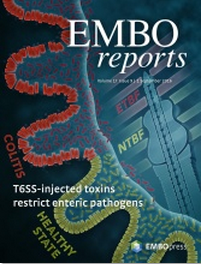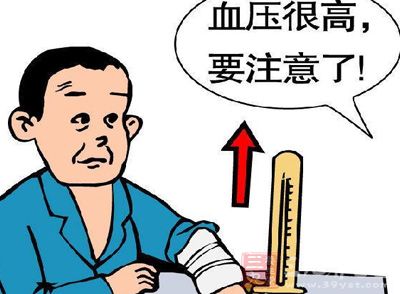
图片摘自:
2016年9月7日 讯 /生物谷BIOON/ --近日,刊登在国际杂志EMBO Reports上的一项研究报告中,来自哥廷根大学医学中心的科学家通过研究发现,前列腺肿瘤中频繁突变的基因CHD1的缺失或许可以使得前列腺癌细胞对多种药物变得敏感,其中包括PARP药物在内,这就表明,CHD1或许就是靶向前列腺癌疗法的潜在生物标志物。
文章中,研究人员利用人类前列腺癌细胞系进行研究并且降低CHD1的DNA结合蛋白的水平,CHD1基因在大约15%-27%的前列腺肿瘤中都处于突变状态,而且诸如这样的突变同前列腺癌患者的染色体不稳定性及较差的预后直接相关;研究者Steven Johnsen指出,剔除CHD1的细胞往往会出现同源性重组(HR)过程的缺失,而同源性重组是修复DNA破碎断裂的关键分子机制,相关研究数据表明,CHD1的正常功能就是使得破碎位点周围的DNA松弛,目的是为了促进同源性重组修复蛋白的进入,更重要的是,像癌细胞及同源性重组过程出现的其它突变一样,剔除CHD1的前列腺癌细胞被证明对于引发DNA断裂的化疗药物超级敏感,比如丝裂霉素C、伊立替康和PARP抑制剂等。
Johnsen说道,我们非常高兴该研究具有一定的转化潜能,目前我们正在同制药公司进行接触来尝试将我们的实验室研究结果转化到临床研究中去;尤其我们发现了携带其它同源性重组通路缺失的细胞,比如在乳腺癌和卵巢癌细胞中频繁出现的BRCA突变,这些细胞对于酶类PARP的抑制作用非常敏感,而且PARP抑制剂奥拉帕尼(Olaparib)也被批准用于治疗BRCA突变的卵巢癌。
目前,PARP抑制剂正在前列腺癌的疗法中进行检测,药物奥拉帕尼的II期临床试验结果表明,增加转移性前列腺癌患者的放射性无进展生存期或许能够指示患者机体同源性重组修复缺失的基因组异常表现。研究者认为,对样本中CHD11基因的回顾性分析或许能够揭示利用CHD1作为一种生物标志物来改善对前列腺癌患者的分层以及利用PARP抑制剂开发靶向疗法的进展。(生物谷Bioon.com)
本文系生物谷原创编译整理,欢迎转发,转载需授权!点击 获取授权 。更多资讯请下载 生物谷APP.

doi:10.15252/embr.201642352
PMC:
PMID:
Loss of CHD1 causes DNA repair defects and enhances prostate cancer therapeutic responsiveness
Vijayalakshmi Kari, Wael Yassin Mansour, Sanjay Kumar Raul, Simon J Baumgart, Andreas Mund, Marian Grade, Hüseyin Sirma, Ronald Simon, Hans Will, Matthias Dobbelstein, Ekkehard Dikomey, View ORCID ProfileSteven A Johnsen
The CHD1 gene, encoding the chromo‐domain helicase DNA‐binding protein‐1, is one of the most frequently deleted genes in prostate cancer. Here, we examined the role of CHD1 in DNA double‐strand break (DSB) repair in prostate cancer cells. We show that CHD1 is required for the recruitment of CtIP to chromatin and subsequent end resection during DNA DSB repair. Our data support a role for CHD1 in opening the chromatin around the DSB to facilitate the recruitment of homologous recombination (HR) proteins. Consequently, depletion of CHD1 specifically affects HR‐mediated DNA repair but not non‐homologous end joining. Together, we provide evidence for a previously unknown role of CHD1 in DNA DSB repair via HR and show that CHD1 depletion sensitizes cells to PARP inhibitors, which has potential therapeutic relevance. Our findings suggest that CHD1 deletion, like BRCA1/2 mutation in ovarian cancer, may serve as a marker for prostate cancer patient stratification and the utilization of targeted therapies such as PARP inhibitors, which specifically target tumors with HR defects.



